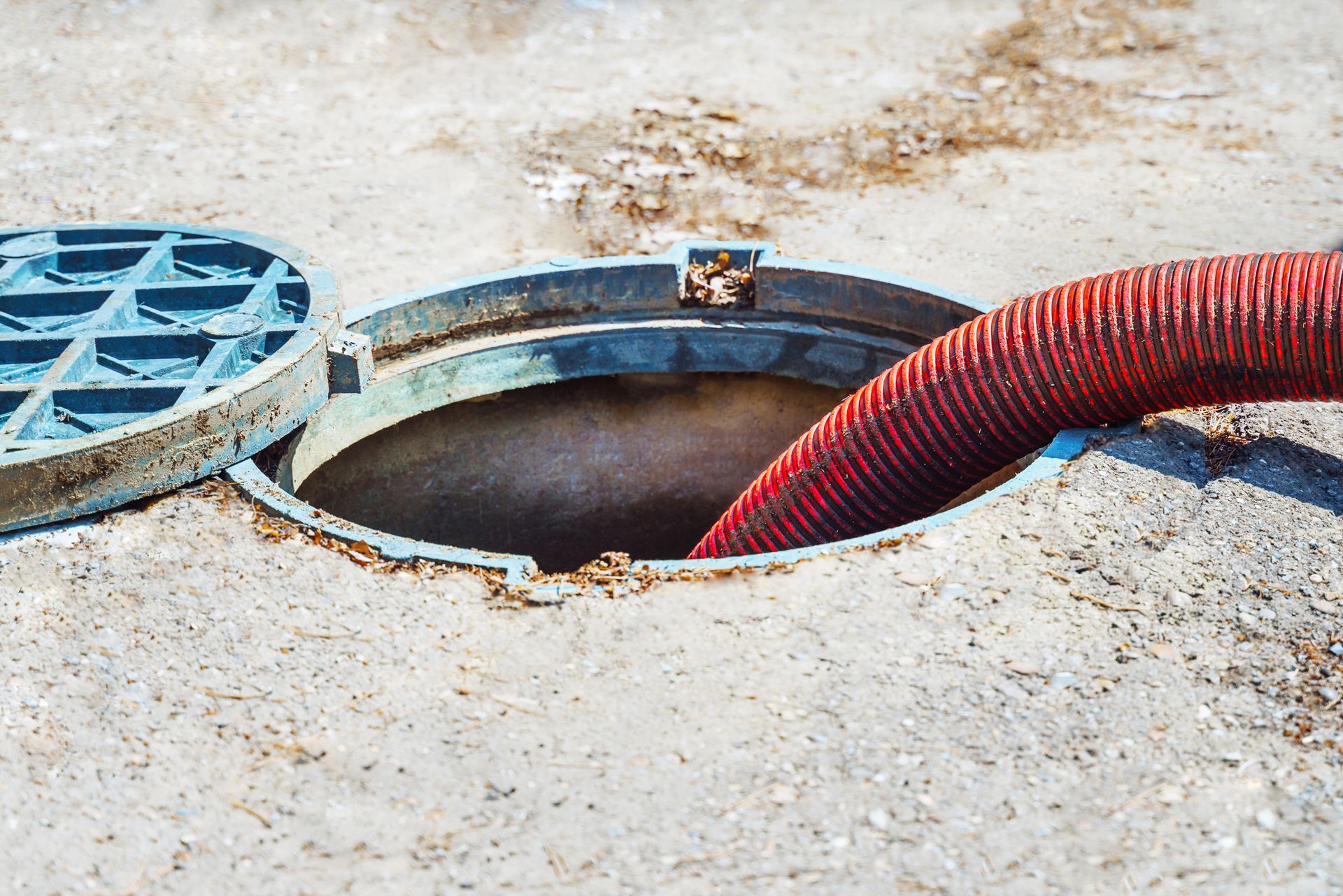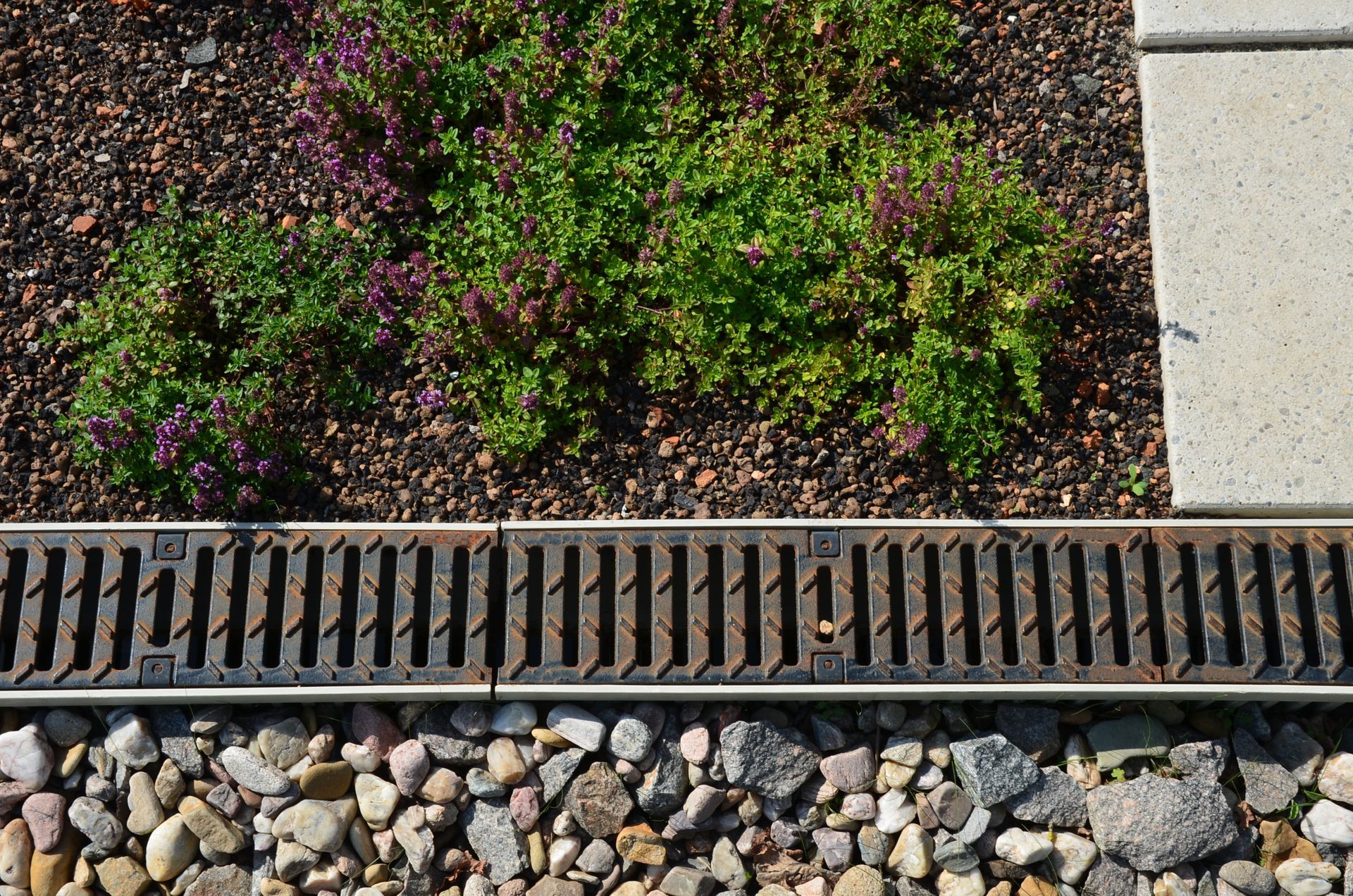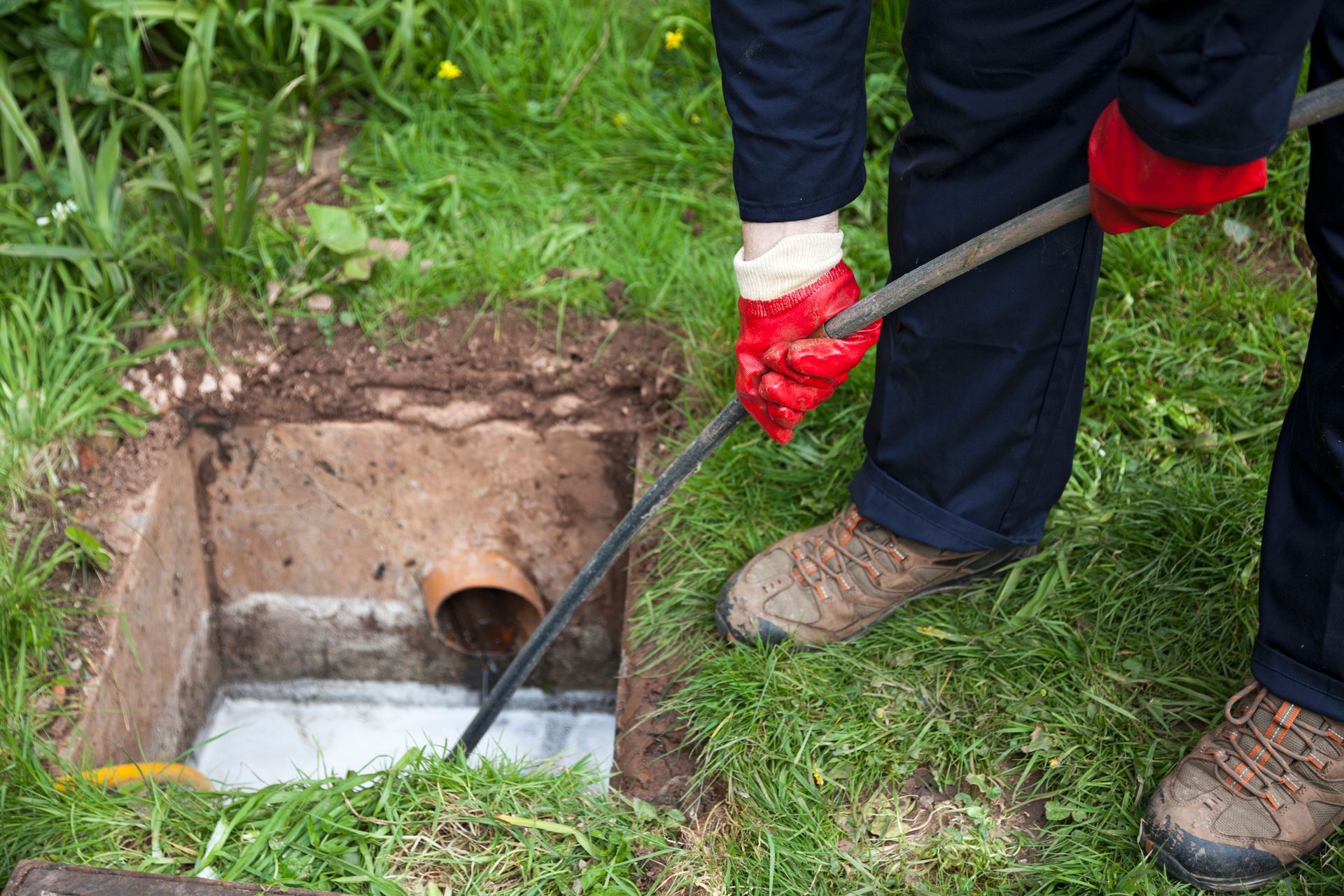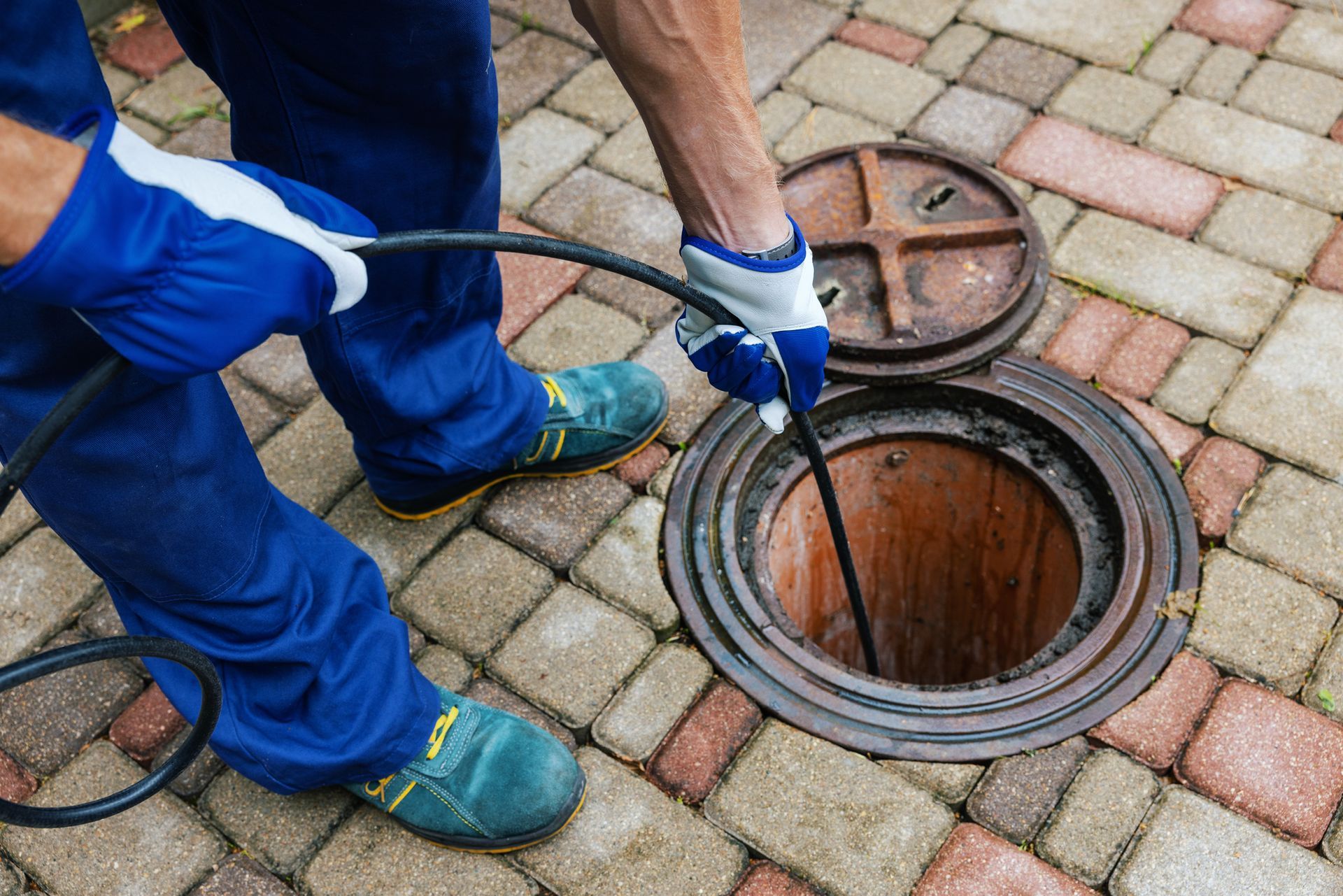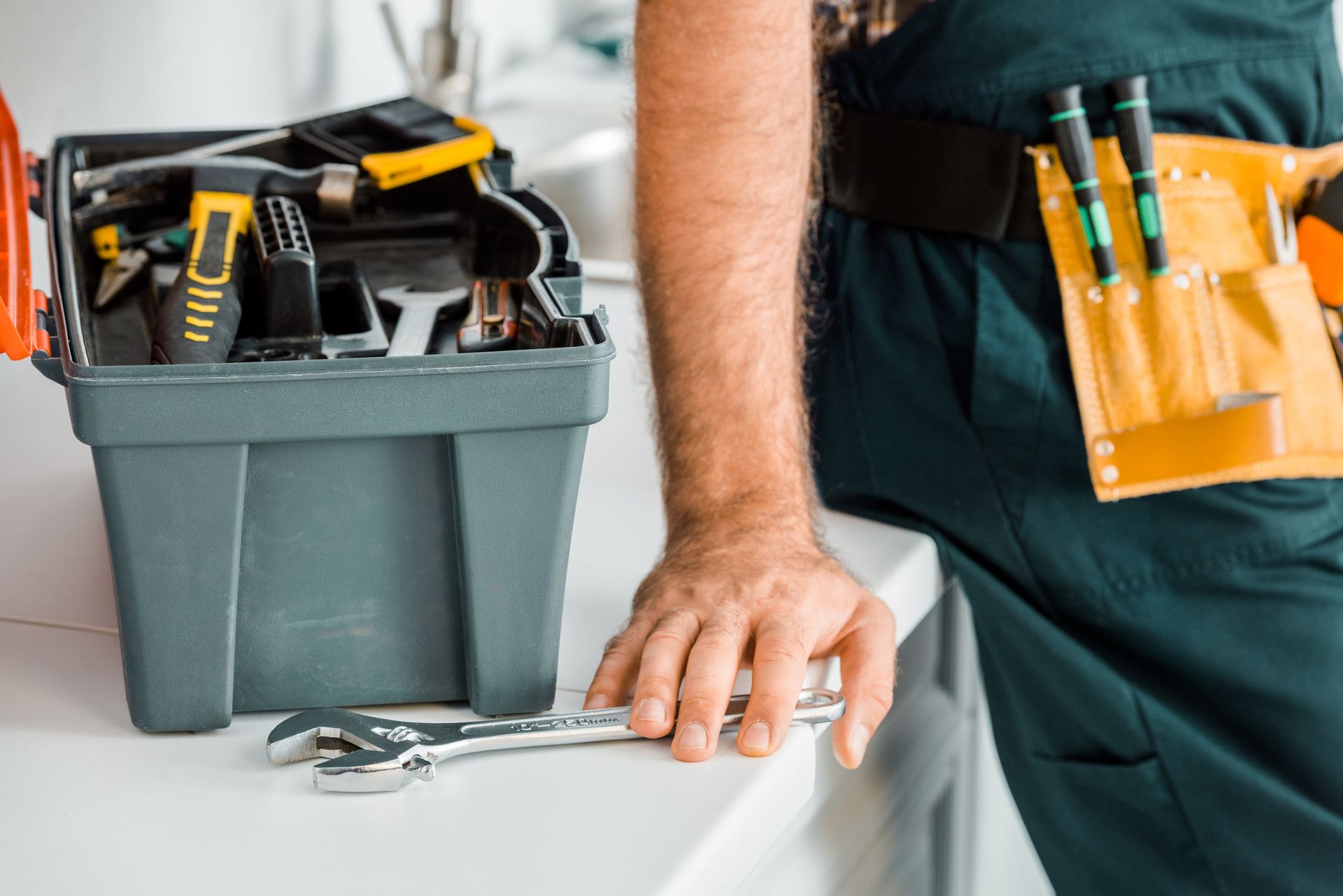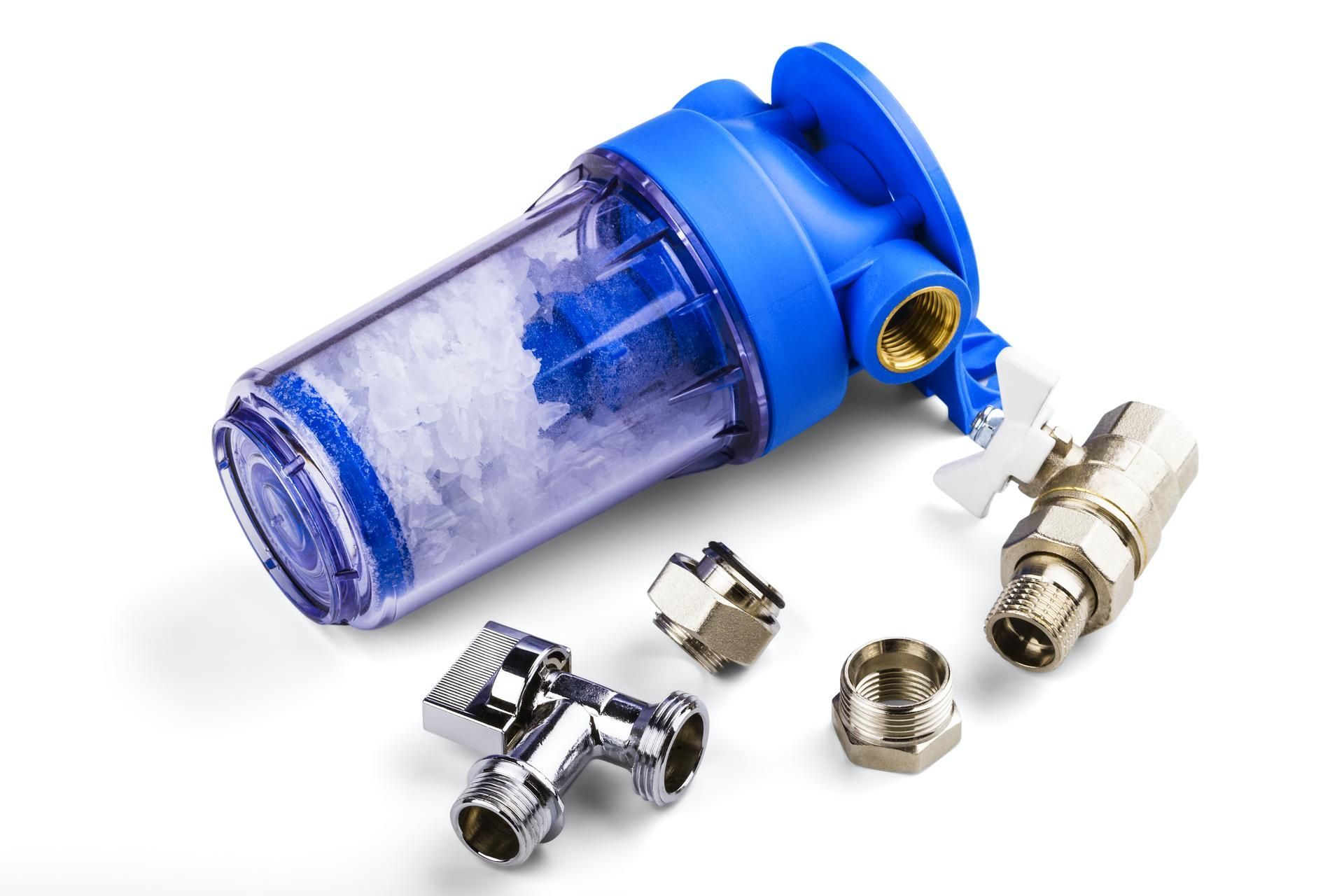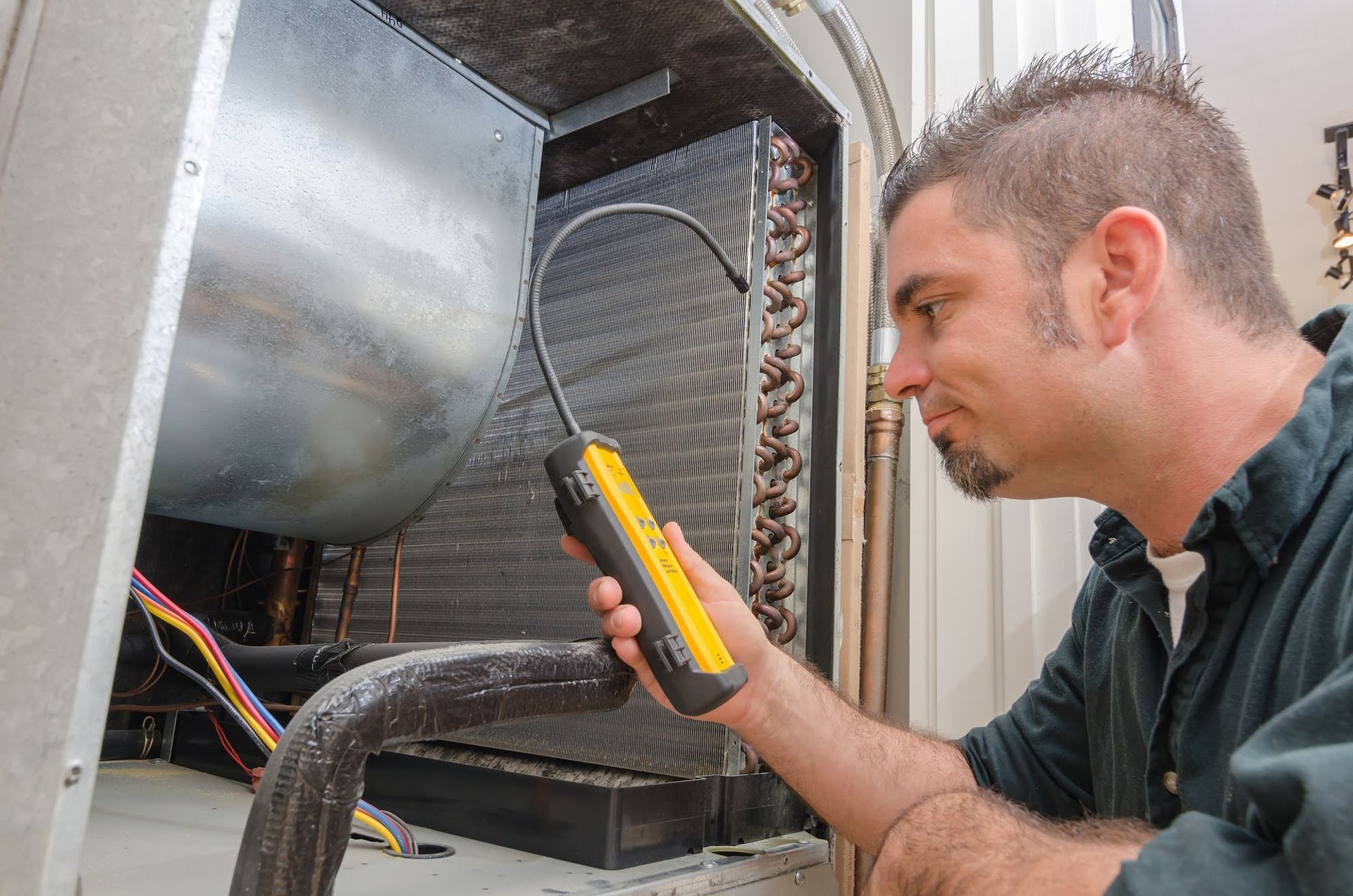Why You Shouldn't Shy Away From an Attic Furnace
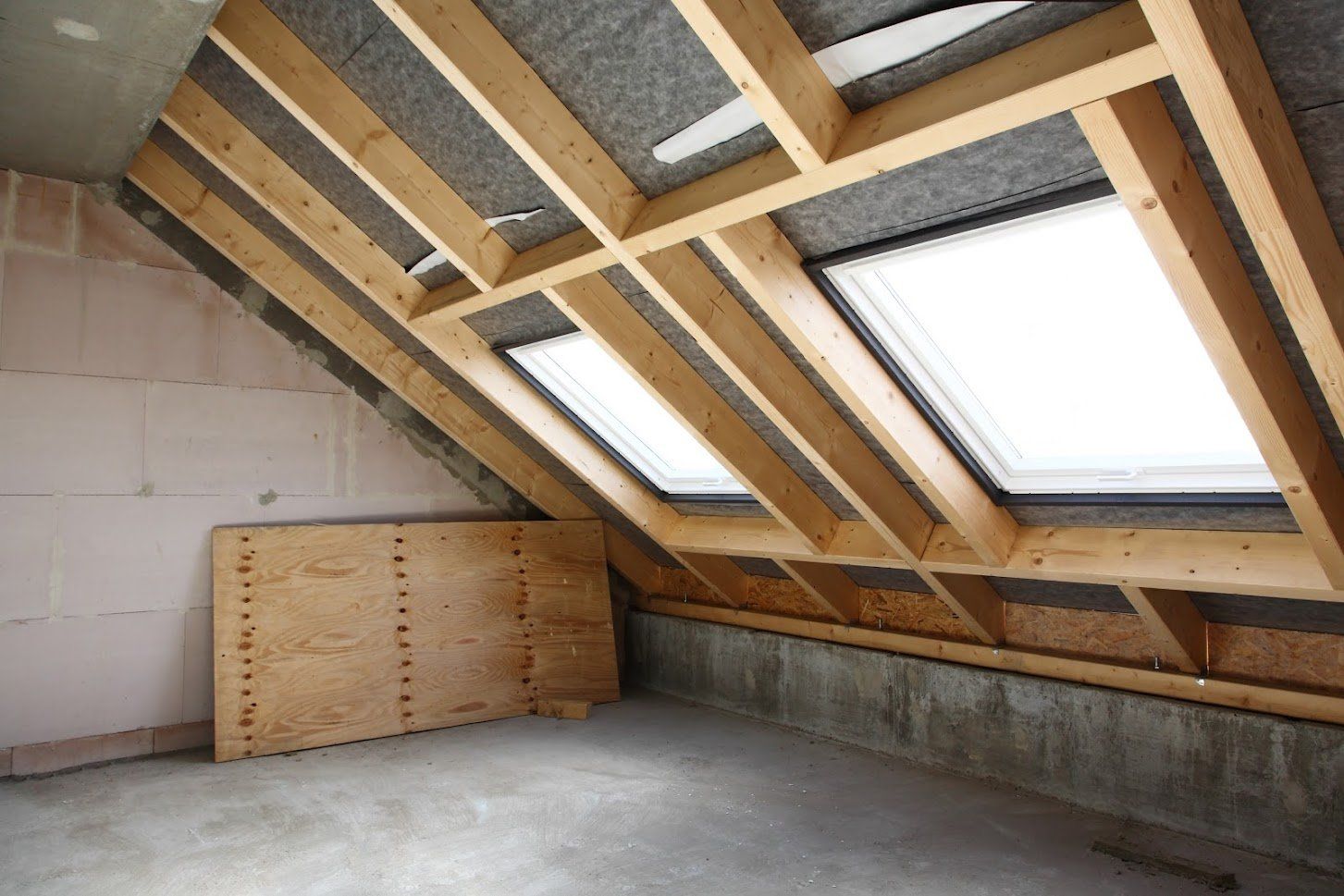
Some people think they should never have their furnace in the attic. Like other places, the attic has its pros and cons as a furnace installation location. Do not dismiss the attic without careful evaluation, especially if alternative locations are hard to come by. Below are some reasons to embrace the attic for your furnace placement.
Space Savings
You need a reasonable space for your furnace. Adequate space is necessary to ensure the furnace:
- Has adequate airflow around it to prevent overheating
- Gets adequate combustion air
- Has enough clearance to avoid burning materials around it
- Has enough space around it for repair personnel and their equipment
Building codes and type of furnace determine how much space the furnace will occupy, plus the necessary clearances.
Many homes have attics with adequate spaces that can accommodate the furnace. Moreover, placing the furnace in the attic also frees up other spaces, such as the basement, for other uses.
Reduced Flooding Risk
Flooding can affect HVAC units on ground floors or basements. However, floodwater flows by gravity, and few attics have water appliances, so the attic is less likely to flood than other parts of the house. Thus, a furnace attic faces a minimal risk of flooding.
The reduced risk of flooding is a huge deal if you consider how water damage can affect a furnace. For example:
- Debris in floodwater can clog the furnace, reduce heat exchange, and reduce the furnace's efficiency
- Floodwater can short circuit the furnace's electrical system
- Floodwater can trigger mold growth on the furnace
- Floodwater can cause corrosion to metal parts of the furnace
Thus, any measure that reduces the risk of flooding is welcome.
Easy Venting
Combustion furnaces require venting to get exhaust gases out of the house. Efficient venting is necessary for the furnace's operations and the maintenance of high indoor air quality. Thus, you should place the furnace somewhere you can vent it.
Various parts of a typical house satisfy this requirement. However, the attic makes a good location since it is closest to the roof. You can easily connect the vent pipe from the furnace through the roof. The ease of installation may even lower your furnace installation cost.
Short Ductwork
The furnace requires good ductwork for efficient air circulation and heating. Supply ducts send warm air to different parts of the house. Return ducts channel stale and cool air back to the furnace.
Each supply duct should be as short as possible so that the air it carries does not cool before it warms your house. The ductwork should also be as straight as possible to encourage efficient airflow. You can enjoy both advantages if you install your attic in the furnace. Again, a short duct can reduce your overall furnace installation cost.
Reduced Noise Exposure
Lastly, you may also reduce your HVAC noises by placing your furnace in the attic. Most HVAC systems make some noise, which varies by size, model, and installation. However, an attic placement means the furnace noise might not disturb you as much as it would with a ground floor installation.
You will appreciate the silence if you are sensitive to noise or your furnace is relatively loud. For example, some people who work at home like to do so in absolute silence.
Numerous factors determine the best place to install a furnace. An HVAC contractor should help you identify the best place for your furnace. The best location also varies by home. Contact Garden Spot Mechanical Inc. today for all your HVAC installation needs. We will work with you to successfully plan, design, install, and commission your system.

